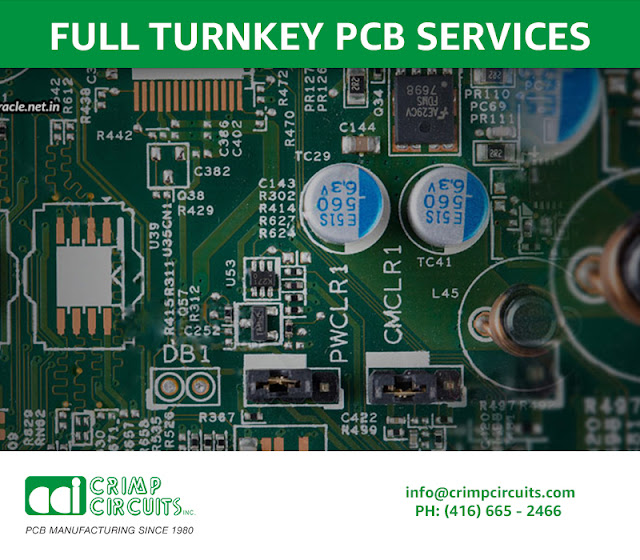Slimming down of electronic gadgets such
as tablets, phones, televisions& wearable devices is not under
wraps.Thanks to efficient manufacturing processes& sleek design
software.Modern technology focuses on smaller, lighter & more
powerful devices.Since the emergence of
printed circuit boards in the late 1950s, advanced technology has propelled us forward to create smaller gadgets.
Consumers now-a-days aspire for thinner,
faster& more streamlined devices. In order to meet their
demands,it’s no surprise that the pressure falls on high-performing PCBs
for development and growth.
The Future of Printed Circuit Board Design and Implementation
While modern PCBs are versatile, there’s
always room for development.In order to deliver new features that
connect both consumers & professionals, product manufacturers are
focusing on extracting even more power from printed circuit boards.
1. Printed Circuit Board Cameras:
Printed Circuit Board Cameras are commonly known as Board cameras.These are a type of digital camera with image sensors& optical device mounted directly on a circuit board.
Ensuring the compactness of these
printed circuit board cameras, they can be slipped inside any electronic
device, from a cell phone to a tablet. PCB Cameras comprise of lens,
image sensor&aperture. Incorporation of camera in a board makes this
small stature exceptionally versatile in an inexpensive way.
Applications:
Common applications of these cameras include:
- Hidden cameras and surveillance modules
- Medical Instruments
- Cellular phones and other mobile devices like iPods and tablet computers
PCB Manufacturers in Canada are working on this technology & are expected to develop it soon.
2. 3D Printed Electronics:
3D Electronics is perhaps the most
intriguing development in the world of PCBs. This technology enables
designers to print metal traces & insulating polymers
simultaneously. It enables quick & precise fabrication of complex
and functional circuit boards & other innovative devices.
Applications:
The immense benefits of 3D-printed
products in technical and manufacturing fields are paving the way for
exciting new markets, applications and opportunities. These include:
- Functional elements: For instance switches and sensors are now being integrated into 3D-printedelectronics.
- In- house electronics: These are useful in 3D printed radio frequency (RF) electronics in-house.
- Antennas: This technology makes it possible to develop smaller and lighter antennas and circuitry.
The advantage of using 3D electronics is
that it enables circuits to take new & incredible shapes.3D PE
manufacturing is the digital aspect of the production with increased
automation.
3. Flexible PCB:
Designed as a replacement for
traditional wire harnesses, flexible PCB or flex circuit in its purest
form is an array of conductors bonded to a thin dielectric film. Flex
circuits utilize flexible based material with or without flexible cover
lay, allowing the board to conform to a desired shape (flex) during its
application.
The major advantage of flexible PCBs is
that it has a great ductility & tensile strength. This means it can
handle more stress &can be easily bent when compared with
conventional rigid PCBs. Moreover, these are light & thin
&require less manual labour during assembly.
Applications:
Flex PCBs are often used in applications
where flexibility, compactness, & production constraints are a
major concern. Its common applications include:
- Computer Keyboards
- LCD(Liquid Crystal Display) fabrication.
- Cellular telephones
- Smart socks, belts and wristbands
- Medical Equipment
PCB Manufacturers in Canada
have a relevant exposure to the trending technologies & methods of
manufacturing &hold the requisite certifications for manufacturing
flexible PCBs.
Read More






















